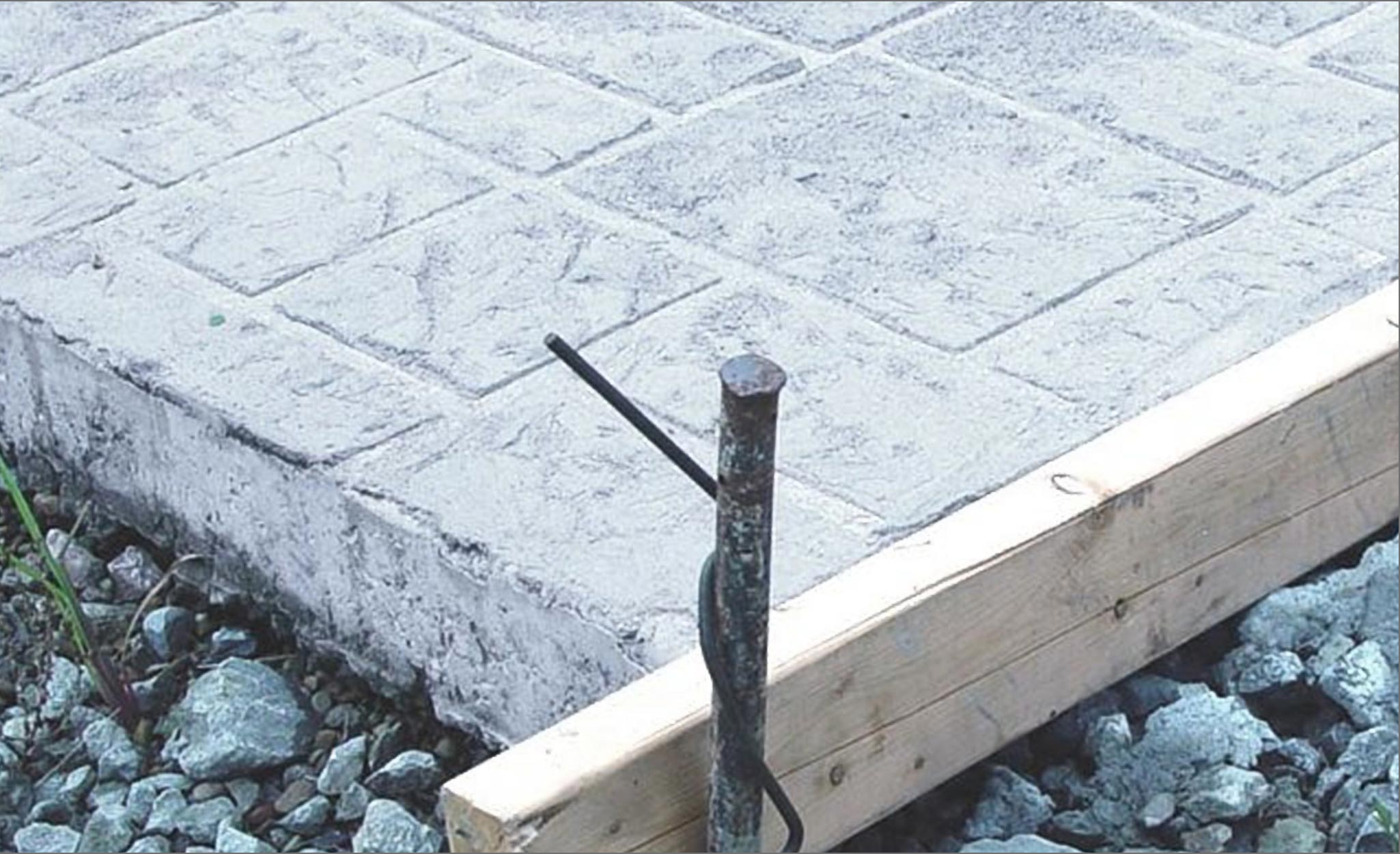Introduction

Image: homeimprovementscout.com
Concrete forms play a crucial role in shaping and containing the fresh concrete mixture until it hardens and gains sufficient strength to support itself. The duration of time the concrete remains in the forms is a critical factor that influences the structural integrity and aesthetics of the concrete structure. This guide elaborates on the considerations, best practices, and safety measures related to determining the optimal time to remove concrete forms.
Understanding Concrete Hydration and Strength Development
Concrete hardens over time through a process known as hydration, where the cement reacts with water to form a crystalline structure. The hydration process and subsequent strength gain are influenced by various factors, including the water-to-cement ratio, temperature, and the type of cement used.
Typically, concrete can achieve around 50% of its 28-day ultimate compressive strength within the first three to seven days, depending on the aforementioned factors. However, it is important to note that concrete continues to gain strength over an extended period of time, albeit at a slower rate.
Factors Influencing Form Removal Time
The time required for concrete to stay in forms is determined by several factors:
-
Structural Load: The forms must remain in place until the concrete has gained sufficient strength to withstand the intended loads applied to the structure. This is especially crucial for load-bearing elements such as beams, columns, and slabs.
-
Concrete Mix Design: The concrete mix design, particularly the concrete strength and reinforcement ratio, impacts the form removal time. High-strength concrete and heavily reinforced elements may require extended form support compared to lower-strength and lightly reinforced elements.
-
Environmental Conditions: Temperature and moisture levels influence the rate of hydration. Cold weather slows down hydration, necessitating longer form removal times. Conversely, warm and humid conditions accelerate hydration, allowing for earlier form removal.
Recommended Form Removal Times
Industry guidelines provide recommendations for form removal times based on concrete strength and element type, assuming favorable environmental conditions. Here are general guidelines:
- Walls and Columns: 1-4 days (typically 2 days)
- Slabs: 7-14 days (typically 10 days)
- Beams and Overhangs: 14-28 days (typically 21 days)
Safety Considerations
Premature form removal can lead to structural failure and safety hazards. It is imperative to ensure the following safety measures before removing forms:
- Inspect the Concrete: Verify that the concrete has hardened sufficiently and is not easily scratched or damaged.
- Check for Movement: Inspect the forms and adjacent concrete elements for any signs of movement or deflection.
- Utilize Support Bracing: For tall or heavily reinforced elements, consider leaving temporary support bracing in place after form removal until the concrete has achieved higher strength.
- Monitor Environmental Conditions: In cold weather, take precautions to protect the concrete from freezing. In hot weather, provide adequate moisture curing to prevent cracking.
Conclusion
Determining the optimal form removal time is a critical aspect of concrete construction. By understanding the principles of concrete hydration and strength development, as well as considering the factors that influence form removal time, contractors can ensure structural integrity and prevent premature failures. Always adhere to recommended form removal times and safety guidelines to ensure the quality and durability of your concrete project.

Image: www.homedepot.com
How Long To Leave Concrete In Forms